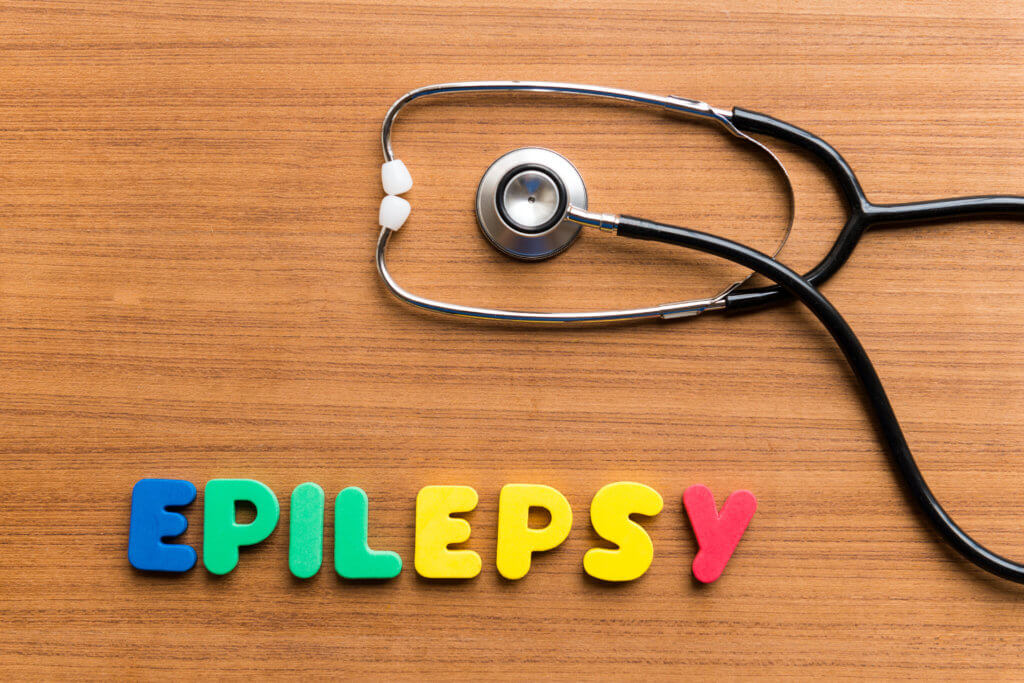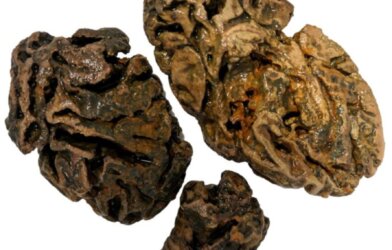Epilepsy is an umbrella term for varying neurological disorders that are characterized by recurring seizures. While the exact causes of epilepsy are varied and not entirely known, it in general is a result of abnormal signals from neurons in the brain. About 1% of the world’s population lives with the disorder, yet only 65% of the people with epilepsy can manage their symptoms with medication. Currently, surgically removing the lesion in the brain responsible for the condition is the only radical cure for epilepsy. This has scientists searching for ways to build resistance within the brain itself.
A research group led by professor Ko Matsui from the Super-network Brain Physiology Lab at Tohoku University reported on a stimulation paradigm used on experimental animals that could potentially cultivate resilience to epilepsy. The process involves harnessing the plasticity that is already present within our brains.
“Our brain has an infinite ability for plasticity,” says Matsui in a statement. “If an epileptic state can be created, we must query whether it is also conceivable to reverse the transition or to override the existing hyper-excitable circuit with an additional suppressive system.”
Dr. Yoshiteru Shimoda, Matsui, and their team demonstrated that a specific stimulation prompted the release of the internal inhibitory transmitter adenosine from glial cells, which are cells found in the central nervous system. Adenosine is a chemical found within these cells and is used to bring the heart back to a normal rhythm. The release of adenosine converted the rat’s brain to a state strongly resistant to seizures.
“Although epileptogenesis unfortunately could not be reversed, we showed we could invoke the homeostatic nature of the brain circuit to contain hyper-excitation,” notes Matsui.
For the current study, light-sensitive proteins were genetically expressed in neurons to regulate moderate neuron-to-glial signaling at will. Such optogenetic technology would be difficult to apply in human patients. “Despite clinical use being a long way off, it is possible to imagine a future where a therapeutic strategy can directly target glial cells and enable the creation of an epileptic-resistant state,” he adds.
Matsui continues his research at the School of Life Sciences at Tohoku University. The Graduate School of Life Sciences is the center of excellence for life science research and education at Tohoku University. It was established as a non-faculty-based independent graduate school in April 2001.
This study was published by the Neurobiology of Disease Journal.
Article written by Rhonda Errabelli







-392x250.jpg)



